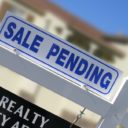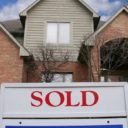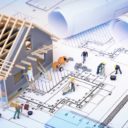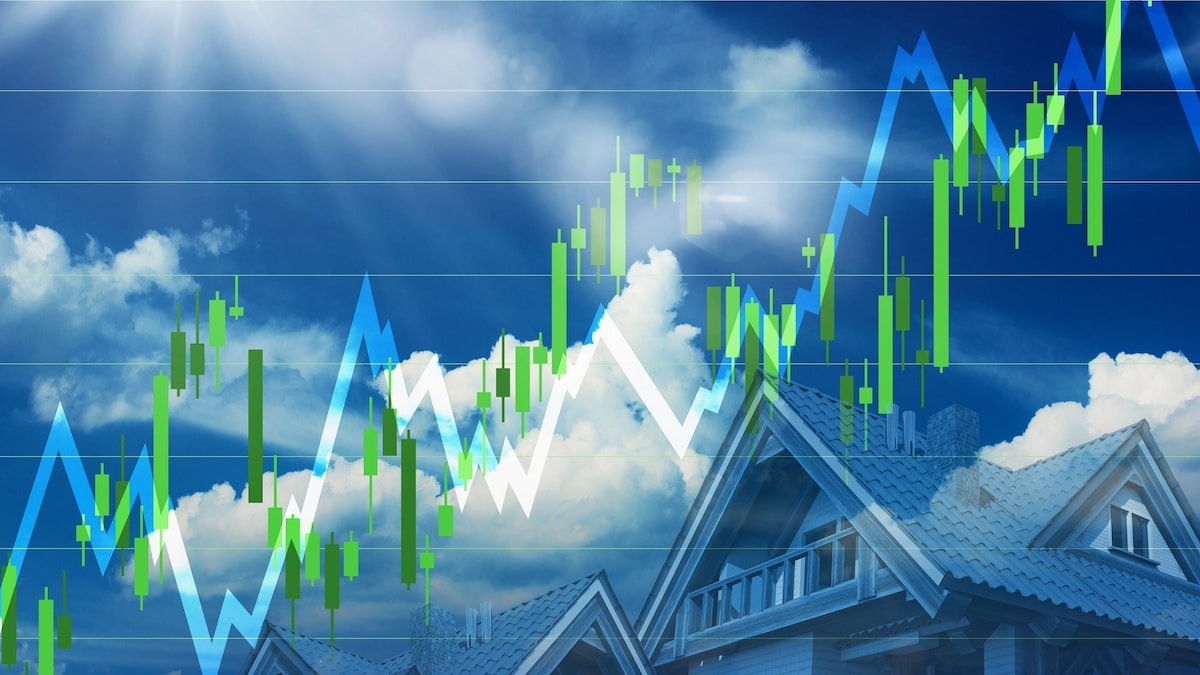
HMI Matches Record for Highest Level Set in December 1998, Prospective Buyer Index Hits Highest Level Ever
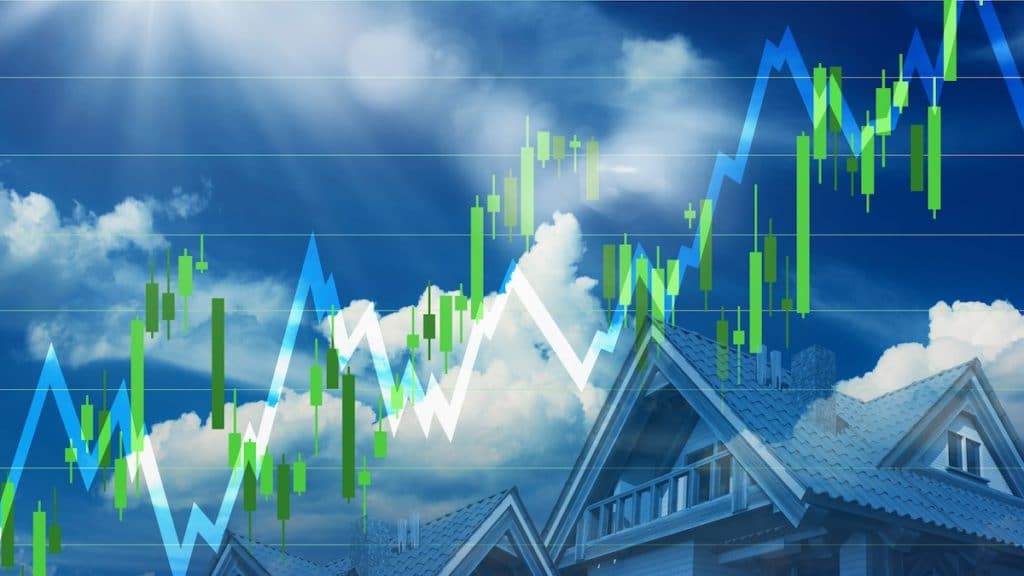
Washington, D.C. (PPD) — The NAHB Housing Market Index (HMI) reported builder confidence unexpectedly rose another 6 points to 78 in August, matching the all-time high and beating the consensus forecast. A reading above 50 indicates a positive housing market for new single-family dwellings.
Forecasts ranged from a low 60 to a high of 75. The consensus forecast was 72, indicating the surge was far stronger than economists expected. The HMI now stands at its highest reading in the 35-year history of the series, matching the record that set back in December 1998.
“The demand for new single-family homes continues to be strong, as low interest rates and a focus on the importance of housing has stoked buyer traffic to all-time highs as measured on the HMI,” said NAHB Chairman Chuck Fowke. “However, the V-shaped recovery for housing has produced a staggering increase for lumber prices, which have more than doubled since mid-April.”
“Such cost increases could dampen momentum in the housing market this fall, despite historically low interest rates.”
The HMI started 2020 at a 20-year high. In January, builder confidence in the market for newly-built single-family homes edged just one point lower to 75 from December 2019. The two monthly readings had marked the highest sentiment levels since July of 1999.
The NAHB/Wells Fargo HMI is derived from a monthly survey that NAHB has been conducting for 30 years. It measures builder perceptions of current single-family home sales and sales expectations for the next six months as “good,” “fair” or “poor.”
The HMI also rates traffic of prospective buyers as “high to very high,” “average” or “low to very low.” Scores for each component are then used to calculate a seasonally adjusted index. Readings over 50 indicate more builders view conditions as good than poor.
“Housing has clearly been a bright spot during the pandemic and the sharp rebound in builder confidence over the summer has led NAHB to upgrade its forecast for single-family starts, which are now projected to show only a slight decline for 2020,” said NAHB Chief Economist Robert Dietz. “Single-family construction is benefiting from low interest rates and a noticeable suburban shift in housing demand to suburbs, exurbs and rural markets as renters and buyers seek out more affordable, lower density markets.”
HMI Subindices
All the HMI subindices posted increases in the month of August. The HMI index for current sales conditions also rose 6 points to 84. The sales expectations index for the next six months gained 3 points to 78. The gauge for charting traffic of prospective buyers came in 8 points higher to reach its highest level ever measured at 65.
Regional HMI 3-Month Averages
The Northeast soared 20 points to 65 in the regional HMI three-month moving average, while the Midwest rose 13 points to 63. The South gained 12 points to 71 and the West jumped 15 points to 78.
Housing Primed to Lead Economic Recovery
New home sales soared 13.8% (±17.8%) to a seasonally adjusted annual rate of 776,000 in June, easily beating the consensus forecast. That’s the highest level for new home sales since before the Great Recession, or July 2007.
The month of May was revised up from 672,000 to a rate of 682,000, despite the coronavirus (COVID-19) impact when most businesses and government were operating on a limited capacity or had ceased operations totally. New home sales have shown little impact due to the pandemic response and are now 6.9% (±13.7%) higher than the June 2019 estimate of 726,000.
Pending home sales surged more than three times the consensus forecast by 16.6% in June, after soaring a record 44.3% in May. As a result of the stronger-than-expected recovery and growth in housing, the National Association of Realtors (NAR) raised its forecast for the market.


